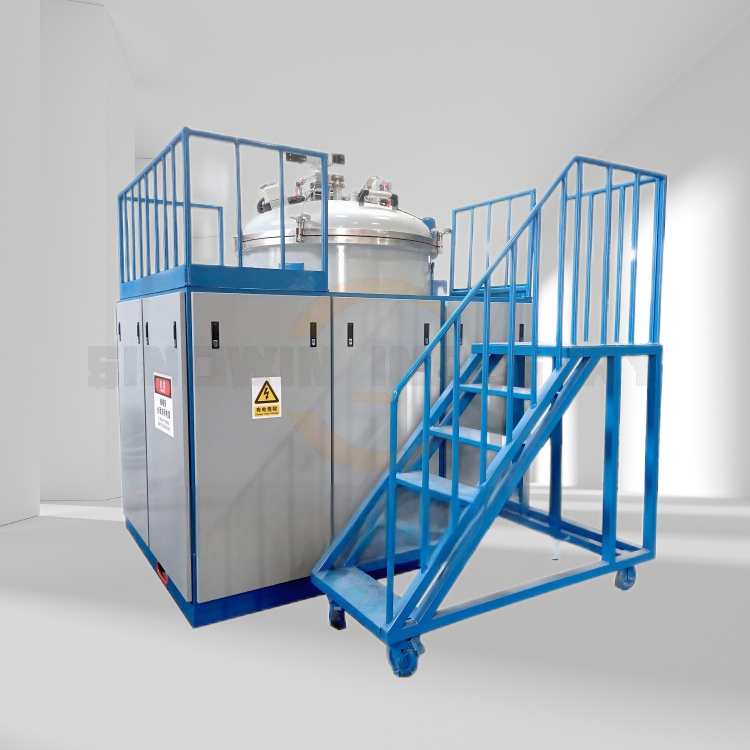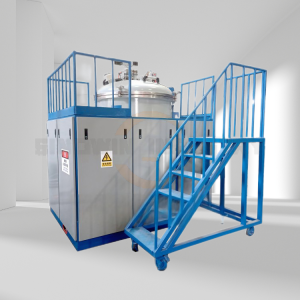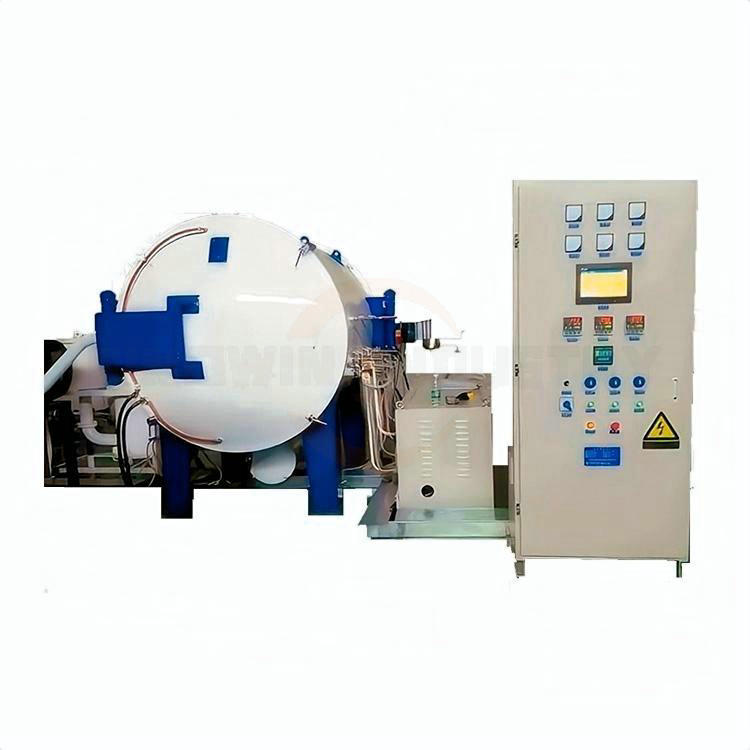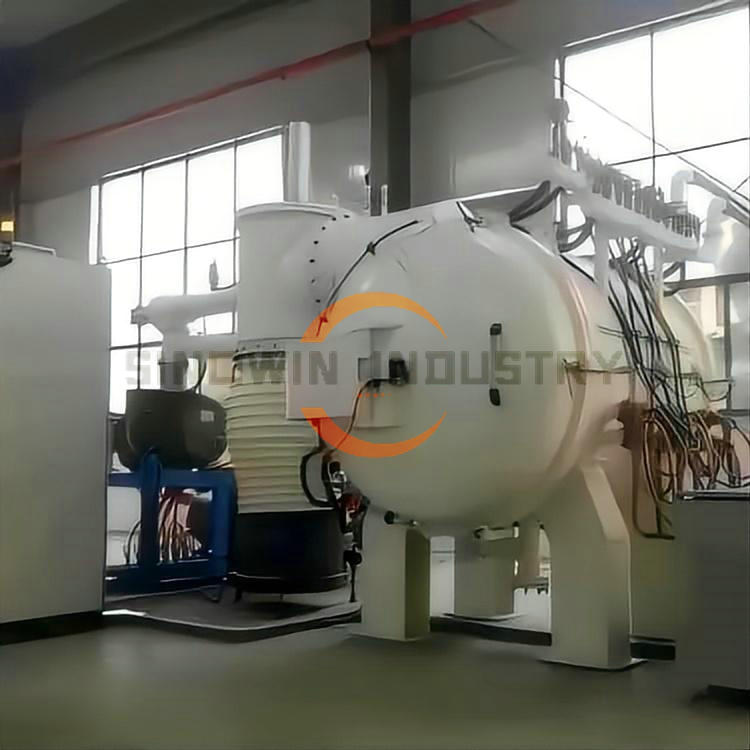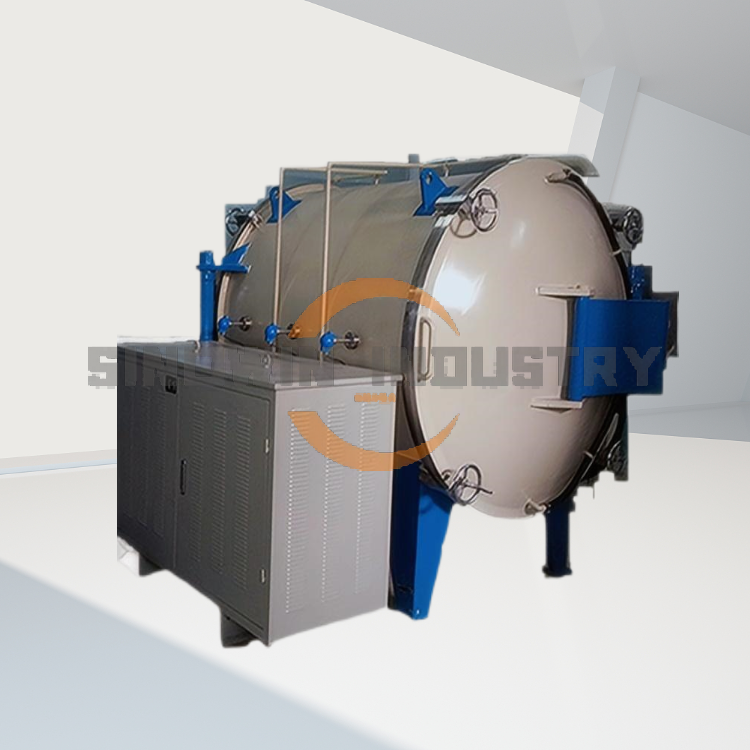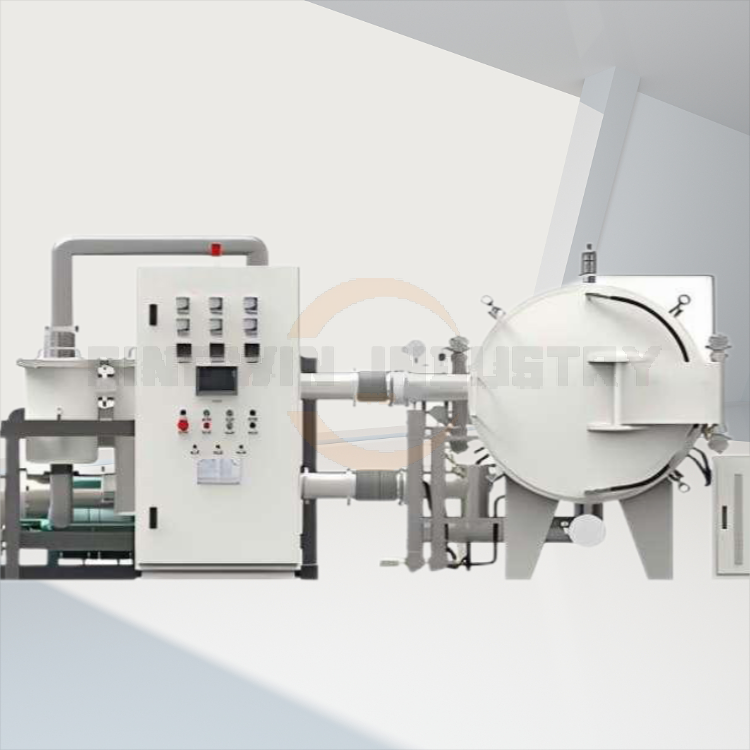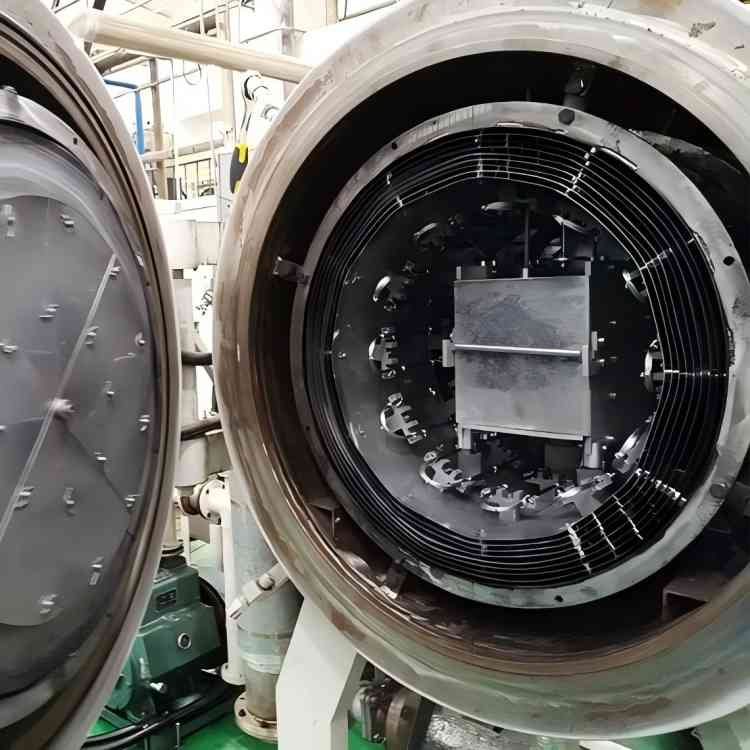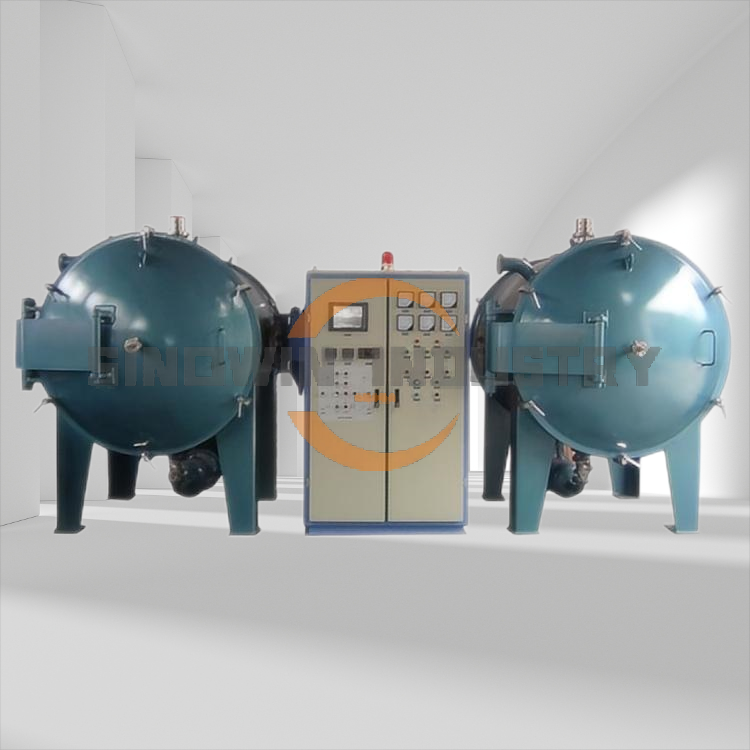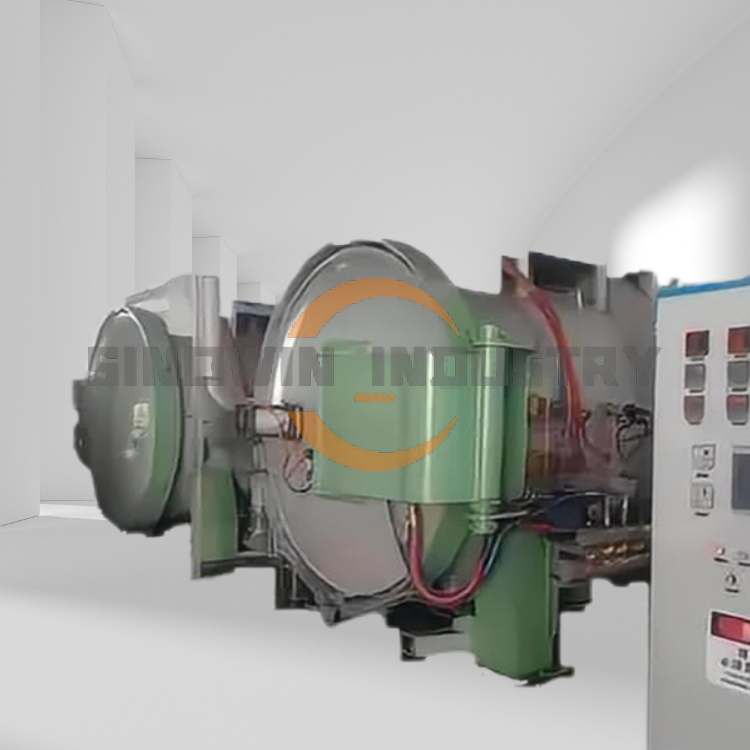Product Description:
The 3150°C Vertical Ultrahigh-Temperature Graphitization Furnace supply a heating treatment solution specifically for the advanced processing of negative electrode materials, graphene films, and high thermal conductivity graphite films.This innovative furnace excels in the graphitization process, ensuring that your materials achieve optimal conductivity and performance.
Applications:
The 3150°C Vertical Ultrahigh-Temperature Graphitization Furnace is versatile, making it suitable for the graphitization of negative electrode materials and carbon materials, including carbon-carbon and carbon-ceramic composites. It can also be employed in the high-temperature treatment of industrial ceramics and powder metallurgy materials, facilitating high-temperature carbonization, sintering, and graphitization processes. With a maximum operating temperature of 3150°C, this furnace meets the rigorous demands of cutting-edge material science.
Technical Specifications of 3150°C Vertical Ultrahigh-Temperature Graphitization Furnace
| Ultra Temperature | 3200℃ |
| Max.Work Temperature | 3150℃ |
| Furnace Structure | Vertical |
| Chamber size(mm) | φ500X1000 φ600X1200 中700X1500
φ800X1600 φ900X1800 φ1000X2000 Customizable |
| Atmosphere |
High Vacuum(optional)/ Vacuum /H2,N2,Ar or other inert gases |
| Temperature Uniformity | ±10℃ |
| Temperature Test | Far infrared optical temperature measurement (double connector automatic switching) |
| Temperature test range | 1000~3200℃ or 250~1200℃ |
| Pressure rise rate | 2Pa/h |
| Ultra speed of the temperature rise | 80℃/ min (empty furnace, depending on the volume of high temperature zone and furnace structure) |
| power | IGBT control/Thyristor control |
Advantage of th 3150°C Vertical Ultrahigh-Temperature Graphitization Furnace:
- Large Volume: Designed with a large graphite crucible to accommodate substantial carbon material graphitization, employing intermediate frequency induction heating for rapid, efficient temperature increase.
- Low Energy Consumption & Excellent Stability: Utilizing a double-layer aluminum oxide brick insulation material, this furnace effectively prevents short circuits between carbon felt and coils, ensuring superior thermal insulation with minimal heat loss and excellent device stability.
- Scalable Sintering Process: Depending on the sintering process duration, it is possible to configure multiple electric furnaces powered by a single power supply for simultaneous heating and cooling operations, enabling uninterrupted processing workflows.
- Digital Flow Monitoring System: Features a comprehensive digital flow monitoring system, with each circuit in the power cabinet protected by water flow monitoring. The furnace body transition employs high-performance intermediate frequency contactors, complemented by a full PLC automation control and protection system for water, electricity, and gas.
Whether you are in research, analysis, or manufacturing, the 3150°C Vertical Ultrahigh-Temperature Graphitization Furnace
from SINOWIN INDUSTRY is one guaranteed option for your heating treatment industry.
Donot hesitate to Contact us at once for quotation of Sinowin Industry’s industrial&lab furnaces , and we are not only a supplier but a reliable partner to assist you the safe solutions of the heat treatment .
Q&A of the 3150°C Vertical Ultrahigh-Temperature Graphitization Furnace
Q1: What is a 3150-degree ultra-high temperature vertical graphitization furnace?
A1: The 3150-degree ultra-high temperature vertical graphitization furnace is a specialized industrial equipment designed to convert carbon-based materials into high-purity graphite. It achieves this through controlled heating processes at extreme temperatures, allowing for efficient and effective graphitization of various carbon materials.
Q2: How does a vertical graphitization furnace enhance graphite production?
A2: A vertical graphitization furnace enhances graphite production by optimizing the heating process and ensuring uniform temperature distribution. This leads to higher purity levels and better structural properties in the final graphite product. The vertical design also maximizes space efficiency and encourages a continuous production flow, thereby increasing overall output.
Q3: What materials are suitable for use in a 3150-degree graphitization furnace?
A3: Suitable materials for the 3150-degree graphitization furnace include various carbon precursors such as petroleum coke, coal tar pitch, and other carbon-rich materials. Each of these materials can be transformed into high-quality graphite when subjected to the furnace’s extreme temperatures and controlled environments.
Q4: What are the advantages of using an ultra-high temperature graphitization furnace in manufacturing?
A4: The advantages of using an ultra-high temperature graphitization furnace in manufacturing include improved graphite quality, reduced impurities, enhanced structural integrity, and increased efficiency in the production process. These furnaces also allow for precise temperature control, resulting in consistent product characteristics and minimizing waste.
Q5: How do I choose the right high-temperature furnace for graphite production?
A5: When selecting a high-temperature furnace for graphite production, consider factors such as the required temperature range, material compatibility, production capacity, energy efficiency, and safety features. It’s important to evaluate your specific production needs and consult with manufacturers to ensure the furnace meets your operational requirements.
Q6: What safety measures should be taken when operating a vertical graphitization furnace?
A6: When operating a vertical graphitization furnace, it’s crucial to implement several safety measures, including proper training for personnel, regular maintenance checks, and the use of protective equipment. Additionally, ensure adequate ventilation, monitor temperature and pressure levels continuously, and have emergency shut-off systems in place to mitigate potential hazards.
Q7: What is the typical lifespan of a 3150-degree graphitization furnace?
A7: The typical lifespan of a 3150-degree graphitization furnace can vary greatly depending on factors such as usage frequency, maintenance practices, and operating conditions. However, with proper care and regular servicing, these furnaces can last anywhere from 10 to 20 years, providing reliable performance throughout their operational life.
Technical Specifications of 3150°C Vertical Ultrahigh-Temperature Graphitization Furnace
| Ultra Temperature | 3200℃ |
| Max.Work Temperature | 3150℃ |
| Furnace Structure | Vertical |
| Chamber size(mm) | φ500X1000 φ600X1200 中700X1500
φ800X1600 φ900X1800 φ1000X2000 Customizable |
| Atmosphere |
High Vacuum(optional)/ Vacuum /H2,N2,Ar or other inert gases |
| Temperature Uniformity | ±10℃ |
| Temperature Test | Far infrared optical temperature measurement (double connector automatic switching) |
| Temperature test range | 1000~3200℃ or 250~1200℃ |
| Pressure rise rate | 2Pa/h |
| Ultra speed of the temperature rise | 80℃/ min (empty furnace, depending on the volume of high temperature zone and furnace structure) |
| power | IGBT control/Thyristor control |
